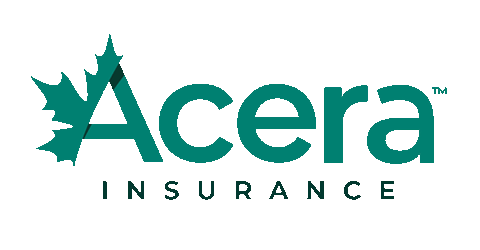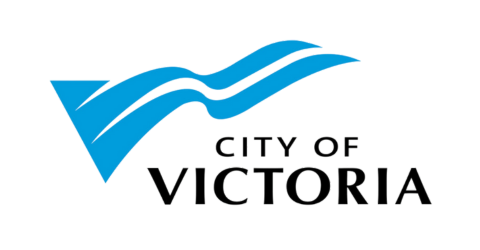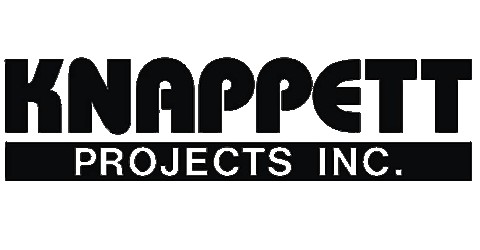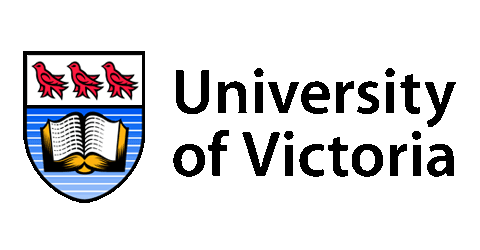 When is the last time you complained about traffic? Driving home from up-Island on Sunday? Trying to park downtown in the middle of the day? This morning on your commute from Bear Mountain?
When is the last time you complained about traffic? Driving home from up-Island on Sunday? Trying to park downtown in the middle of the day? This morning on your commute from Bear Mountain?
There’s no shortage of talk about how bad traffic is in our region. There’s also no shortage of ideas to improve things: Use the E&N corridor for buses, start a ferry from the Inner Harbour to Royal Bay, get more people living downtown so they won’t need cars, attract employers to the West Shore so workers won’t drive so far.
What we do fall short on is governance. There is no regional transportation entity that can set priorities, fund them and make them happen.
The Capital Regional District tried to create a regional transportation service. In March, the latest plan was defeated and the idea put on hold. It wasn’t a surprise.
The CRD doesn’t have the revenue sources or expertise to run regional transportation. And, as demonstrated by the outcome of this proposal, it is often thwarted by its own poor governance design. Board members tend to act for the communities that elected them rather than the region.
It’s time to move on and take a more realistic, proven approach to solving our region’s transportation issues.
Thankfully, we don’t have to look any further than the Victoria Regional Transit Commission, which does a fantastic job of quietly running our bus system.
Created by the provincial government as part of B.C. Transit’s services, the commission is composed of seven elected municipal representatives.
They are appointed by the province to act on behalf of the whole region.
The commission is effective because it has a local government perspective without squabbling over how to cut the pie into 13 pieces.
Commissioners make decisions in the region’s interest, and no community can opt out of the service or the funding required to run it.
So we have one bus system connecting our many communities — not three or six or 13.
The transit commission is also successful because it can get the revenue it needs. It determines the budget required, and individual municipalities must pay their share. That’s bolstered by a sizable grant from the provincial government and by a legislated regional gas tax, also from the province.
As well, the commission’s geographic boundaries make sense for our region’s transit users, as opposed to the borders of the CRD, which includes large rural areas, as well as Gulf Islands.
So, we have a model that works for buses, but could it work for other transportation challenges?
I think it would. In order for the bus system to function, the transit commission already works on high-level transportation issues, such as bus lanes from downtown to the West Shore, potential transit uses for the E&N corridor, and ways to reduce traffic and keep buses affordable through denser housing near transit hubs. But it can’t make those things happen; it has to persuade local governments to let it do them.
The next step is for the provincial government to give the commission the power to do those things. Our region is heavily represented in government. Surely our local MLAs understand the urgency for Greater Victoria commuters.
By scaling up the role and capacity of the transit commission, and renaming it a transportation commission, we could have a well-governed and effective agency capable of tackling regional traffic, starting with better road design, land use and infrastructure. And it could focus on outcomes, such as reducing commute times and carbon emissions, and increasing transit ridership.
If you’re still not convinced, consider these questions:
1. Is it possible the Johnson Street Bridge replacement project would have been more expertly managed, fairly funded and quickly delivered if it were a project owned and run by the region through the commission rather than just one city?
2. Would we have fewer bottlenecks if proper standards were set on a designated regional major road network — space for buses, standard speed limits, an ability to accommodate all modes of travel?
3. Would bus lanes from downtown to the West Shore take fewer years to complete if there were one authority to decide to do them and fund and operate them, rather than having to deal with many jurisdictions?
If you answered yes, then ask yourself: Isn’t it time to embrace this sensible and proven solution to our region’s growing traffic troubles?
Catherine Holt is the CEO of the Greater Victoria Chamber of Commerce. Her column was published in the Times Colonist on July 31, 2018.

























